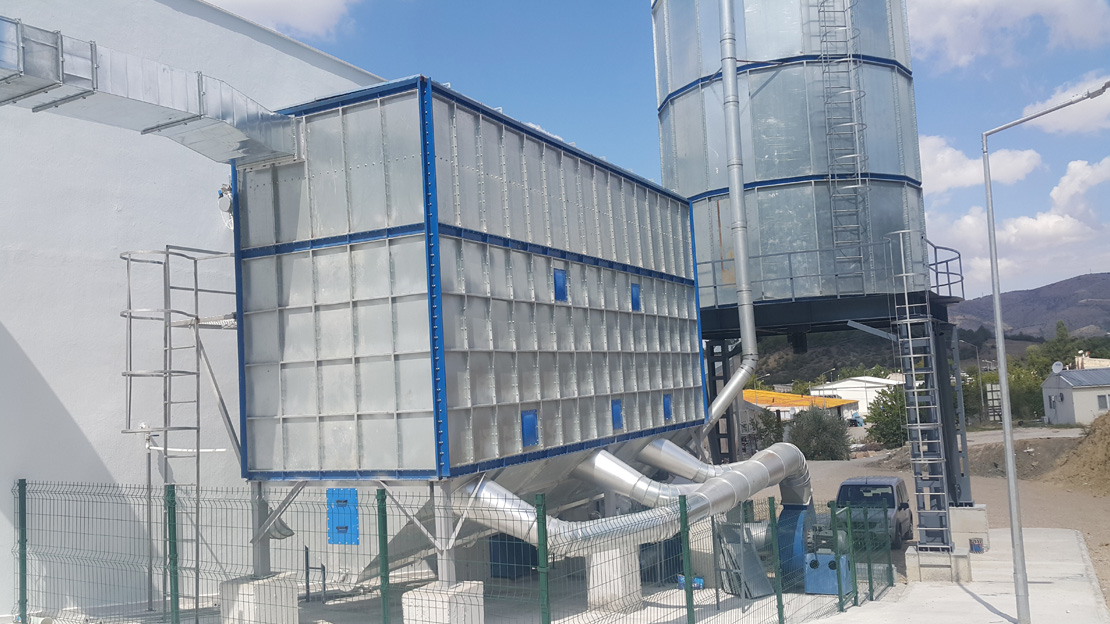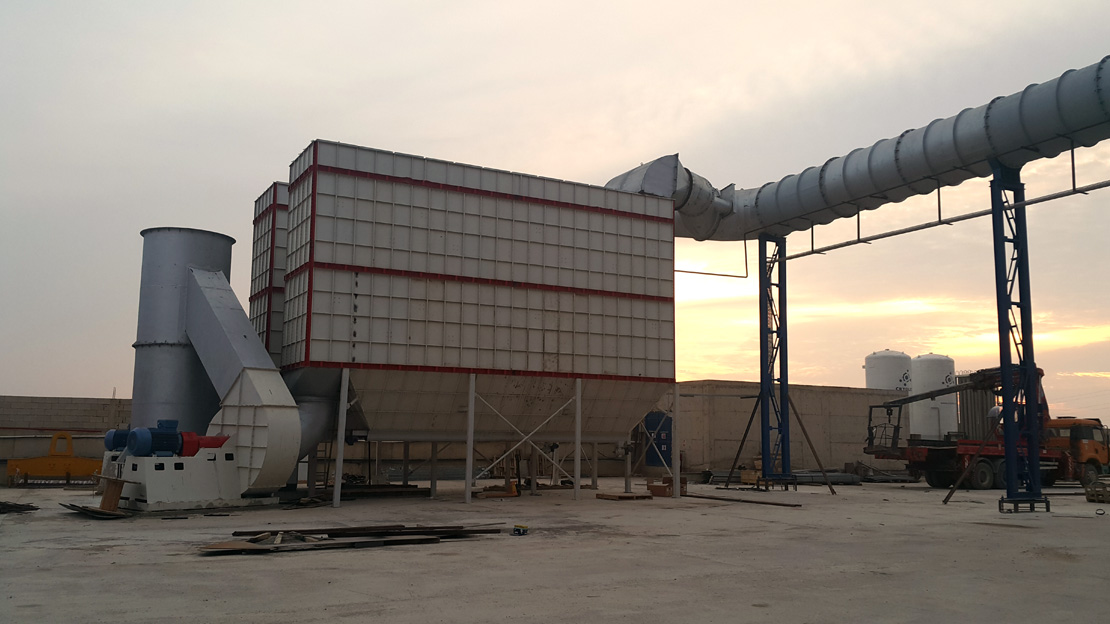








pvc welding ıt offers a wide range of pvc/pu coated, polyester-based technical textiles that can be used in a wide variety of applications. these materials are resistant to extreme weather conditions, chemicals, abrasion and punctures, as well as exhibit high flexibility and uv stability. this makes them ideal for rescue boats, pontoons, slats, flexible storage tanks suitable for most liquids, berm liners, spill control/protection and inflatable membranes of all types. since the textile itself is waterproof, the success of these applications depends on the construction's seams being reliably sealed against liquids and/or gases... and that has everything to do with the quality of the welds. almost all thermoplastics exhibit excellent weldability, and pvc is no exception. the welding process involves applying enough heat to melt the pvc coating, then applying pressure and cooling to form a weld. welding techniques often differ in how heat is generated and applied. the most common types of thermoplastic welding are hot air, hot wedge and high frequency (radio frequency). both are suitable for use on pvc coated textiles. which one you choose depends on your production processes and speeds. pvc hot air welding hot air welders generate the heat required for welding by blowing compressed air over the electrical heating elements. the resulting hot air is applied to the welding point, melting the surface of the thermoplastics. as the molecules between the two surfaces mix and cool, pressure is applied and a weld develops. hot air welding is generally used on thermoplastic materials with a thickness of 1.5 mm (1/16”) or more. hand welding machines are available. because of this, hot air welders can create welds in many different ways, including curves. ıt is ideal to use when the weld width needs to change frequently or when repeatedly starting and stopping throughout the welding process.
hot wedge welding hot wedge welding uses a heated metal wedge positioned precisely at the weld point to provide the required heat. the two layers of fabric are pulled through the heated wedge and then subjected to pressure from the rollers. as the molten surfaces mix together and cool, a weld is formed. these are also available in handheld models. the advantage of hot wedge welding is that it can be used to weld very thick materials. handheld hot wedge welders are often used in field applications, as materials must be welded outdoors in the field, as there is no blast air to create flying dust and dirt.
Bu site çerezler kullanır. Sitede gezinmeye devam ederek çerezlerimizin kullanımını kabul etmiş olursunuz.
Daha fazlası